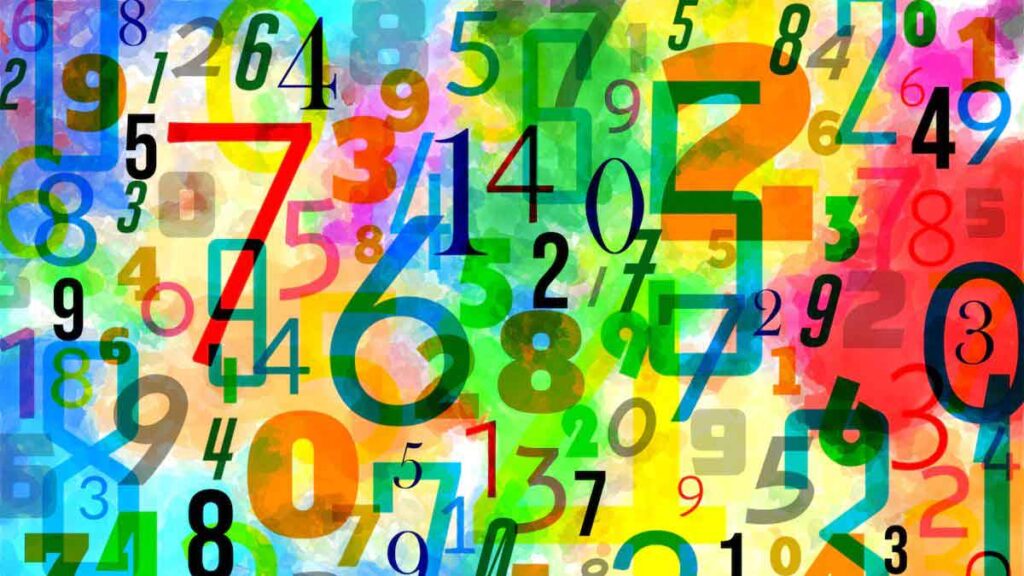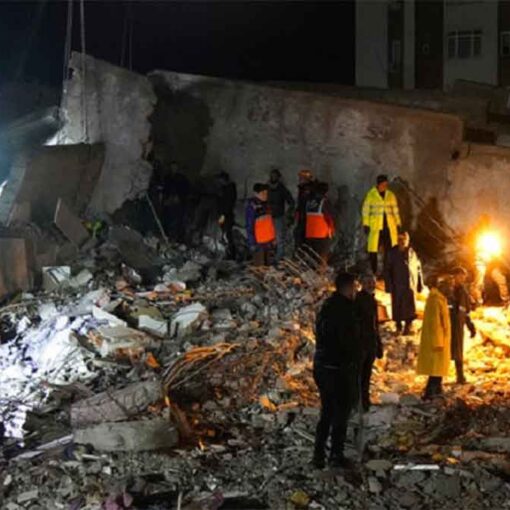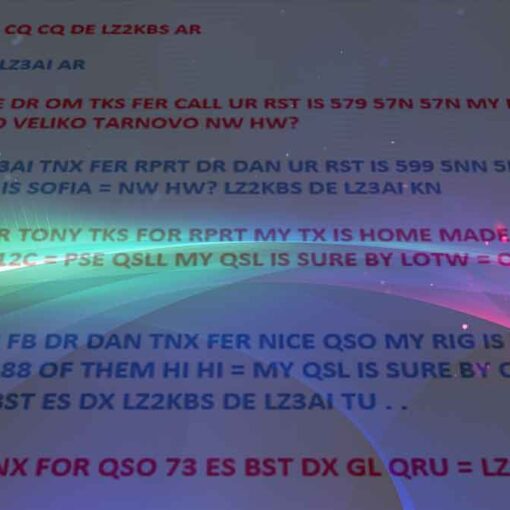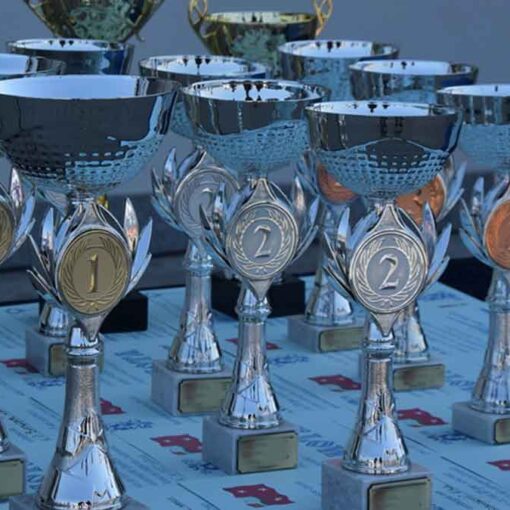
During contests, sequences of numbers are often transmitted, for example the three digits for RST followed by a three-digit sequence number.
To save time on CW, the code is often shortened to some digits (usually 1,5,8 and 0, but 5 is shortened less often – it is short and without shortening).
Abbreviated forms of Morse code:
| 1 | A (DIT DAH, instead of DIT DAH DAH DAH DAH) |
| 2 | not truncated |
| 3 | not truncated |
| 4 | not truncated |
| 5 | DIT (DIT , instead of DIT DIT DIT DIT DIT , but often not abbreviated) |
| 6 | not truncated |
| 7 | not truncated |
| 8 | not truncated |
| 9 | N (TAA DIT instead of DAH DAH DAH DAH DIT ) |
| 0 | T ( DAH, instead of DAH DAH DAH DAH DAH) |
Example: instead of passing “599009” you can pass “ENNTTN”. “5NNTTN” is more commonly heard. When we expect to hear numbers, but instead hear letters, we record numbers. Good computer programs allow you to enter letters, the program automatically converts them into numbers.
A4 instead of 14 (or A5 instead of 15, A6 instead of 16): In some contests (eg CQ WW) you must pass your CQ zone number as part of the exchange. European countries are located in zones 14, 15, 16 and 20. Instead of transmitting “59914”, we often transmit “5NNA4” or even “ENNA4”.
When transmitting an RST report (rating), even if not in competition, the numbers are often abbreviated, for example RST 5NN is transmitted instead of RST 599.



